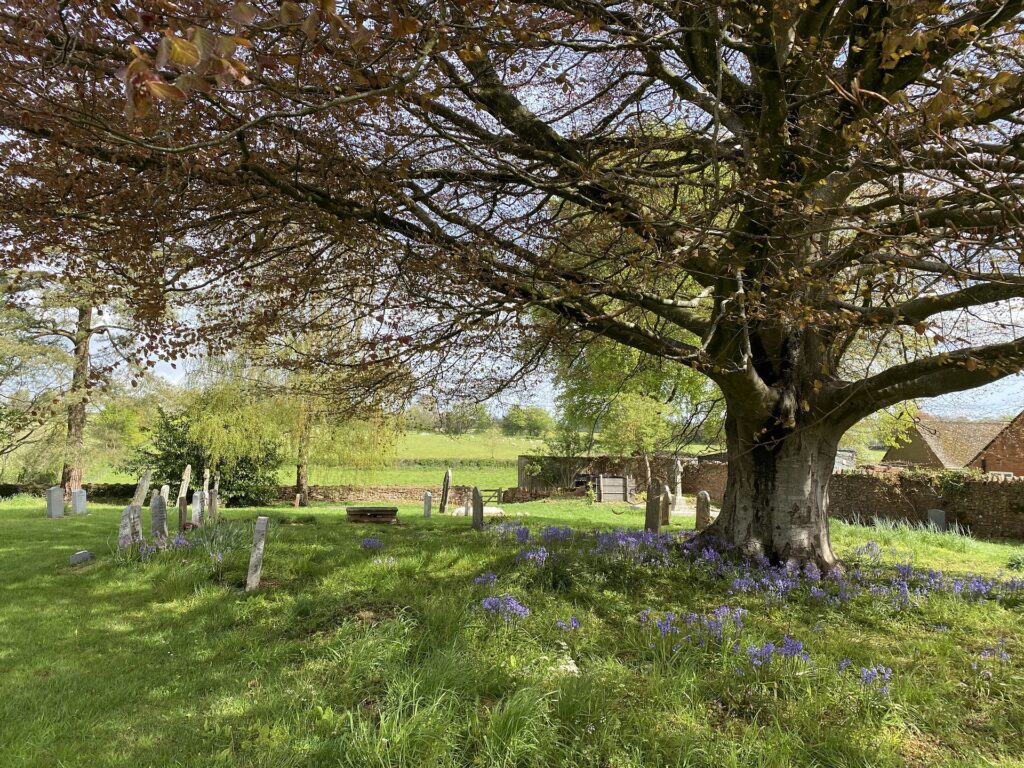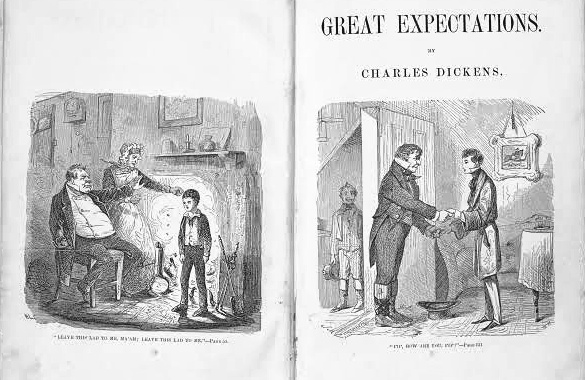
Critical Appreciation of Elegy Written in a Country Churchyard

Critical Analysis of Elegy Written in a Country Churchyard by Thomas Gray
“Elegy Written in a Country Churchyard” by Thomas Gray is a timeless poem that has garnered significant critical acclaim for its profound reflection on life, death, and the human condition. First published in 1751, the elegy has since become one of the most celebrated works of English literature. Through its introspective tone, evocative imagery, and philosophical insights, Gray’s elegy invites readers to contemplate the transience of life, the equality of all humanity, and the significance of one’s legacy. The poem has sparked numerous critical interpretations and continues to resonate with readers across generations.
One of the notable aspects of “Elegy Written in a Country Churchyard” is its contemplative and melancholic tone. Gray’s introspective musings on mortality and the passage of time evoke a sense of deep reflection in the reader. As critic George Sherburn aptly describes, “The whole poem is pervaded with an elegiac melancholy, which is its dominant mood.” Gray’s elegy presents a somber meditation on the brevity of life and the inevitability of death, encouraging readers to pause and reflect on the fleeting nature of human existence.
The poem’s opening stanza sets the tone and establishes the theme of mortality. Gray describes the setting of a country churchyard and the simple graves that mark the resting place of ordinary villagers. He writes, “The curfew tolls the knell of parting day, / The lowing herd winds slowly o’er the lea” (lines 1-2). These lines, as noted by critic J.W. Saunders, “convey the sense of the passing of time, of the close of a day, but they also create an atmosphere of quietness and contemplation.” Through this imagery, Gray creates a mood of tranquility and reflection, preparing the reader for the deeper explorations of life and death to follow.
The theme of mortality is further emphasized through Gray’s depiction of the lives of the villagers buried in the churchyard. He reflects on their humble existence and unfulfilled potential. He writes, “Some mute inglorious Milton here may rest, / Some Cromwell guiltless of his country’s blood” (lines 59-60). These lines, as critic William Lyon Phelps suggests, “reveal the poet’s recognition that in this obscure village burial-ground there may rest many a hero and poet whose names are unrecorded.” Gray’s contemplation on the lives of the ordinary individuals buried in the churchyard serves as a reminder of the many untold stories and unfulfilled aspirations that lie beneath the surface of society.
The poem also explores the concept of the equality of all humanity in death. Gray suggests that in death, social distinctions dissolve, and all individuals are united by their mortality. He writes, “The paths of glory lead but to the grave” (line 36), implying that even the most celebrated and accomplished individuals are ultimately subject to the same fate as the humble villagers buried in the churchyard. This egalitarian view challenges the societal hierarchies prevalent during Gray’s time and emphasizes the fleeting nature of earthly achievements. As critic Samuel H. Monk points out, “The poem is egalitarian in its insistence that all human beings, however humble or exalted, share a common fate.”
Furthermore, Gray’s elegy prompts readers to consider the legacy they will leave behind. He reflects on the unfulfilled dreams and potential of the villagers buried in the churchyard, suggesting that their lives went unnoticed and unappreciated. He writes, “Perhaps in this neglected spot is laid / Some heart once pregnant with celestial fire” (lines 97-98). These lines, according to critic Robert L. Chibka, “suggest the tragedy of unfulfilled potential, the idea that there may have been unrecognized greatness among the buried villagers.” Gray’s elegy serves as a call to reflect on one’s own aspirations, urging readers to live purposefully and leave a meaningful legacy.
In addition to its thought-provoking themes, “Elegy Written in a Country Churchyard” showcases Gray’s skillful use of imagery, metaphor, and rhyme. His vivid descriptions of the natural surroundings and the somber atmosphere of the churchyard create a poignant visual and emotional landscape. As critic Gary Waller observes, “The poem is a masterpiece of descriptive evocation, painting a landscape that is at once real and metaphoric, with every detail contributing to the total effect.” Gray’s poetic craftsmanship enhances the emotional impact of the elegy and deepens the reader’s engagement with its themes.
In conclusion, “Elegy Written in a Country Churchyard” is a remarkable poem that continues to captivate readers with its contemplation of mortality, equality, and the legacy of the individual. Through its introspective tone, evocative imagery, and profound insights, Gray’s elegy prompts readers to reflect on the transient nature of life and the significance of one’s existence. It has garnered critical acclaim for its ability to evoke a sense of melancholy, provoke deep introspection, and offer timeless wisdom. As critic J.W. Saunders aptly summarizes, “The poem invites us to contemplate the mystery of human life, and to consider the dignity and worth of even the most obscure and humble individual.”
*****
Read More: Questions and Answers from Elegy Written in a Country Churchyard by Thomas Gray
Written by Koushik Kumar Kundu
Koushik Kumar Kundu was among the toppers when he completed his Masters from Vidyasagar University after completing his Bachelors degree with Honours in English Literature from The University of Burdwan. He also completed B.Ed from the University of Burdwan.






Comments
No Comments Yet